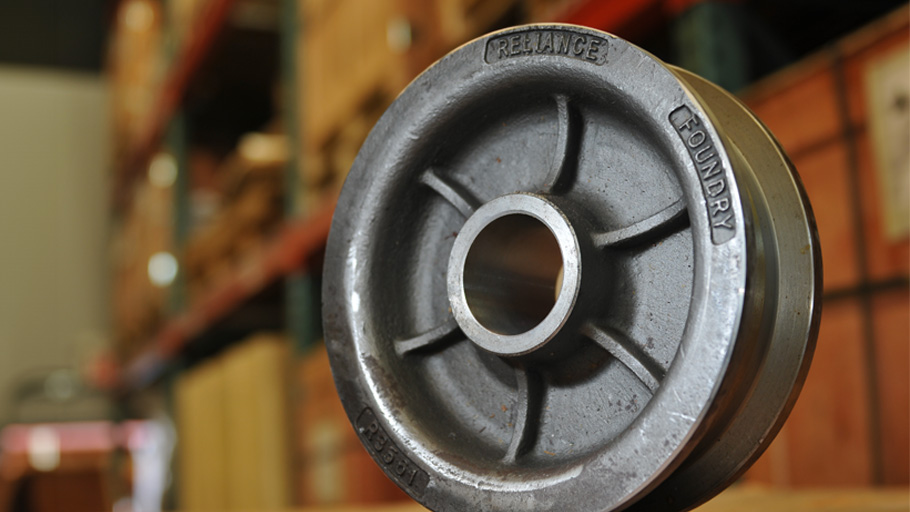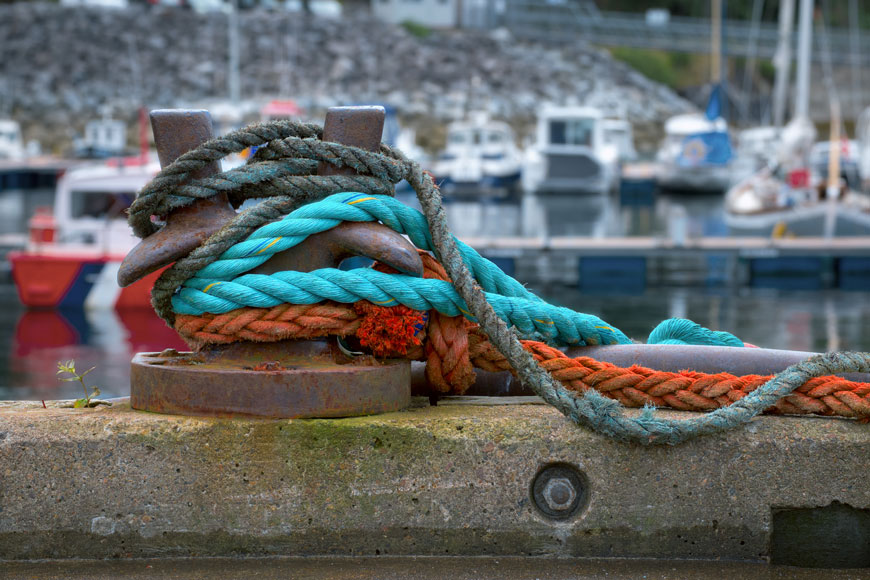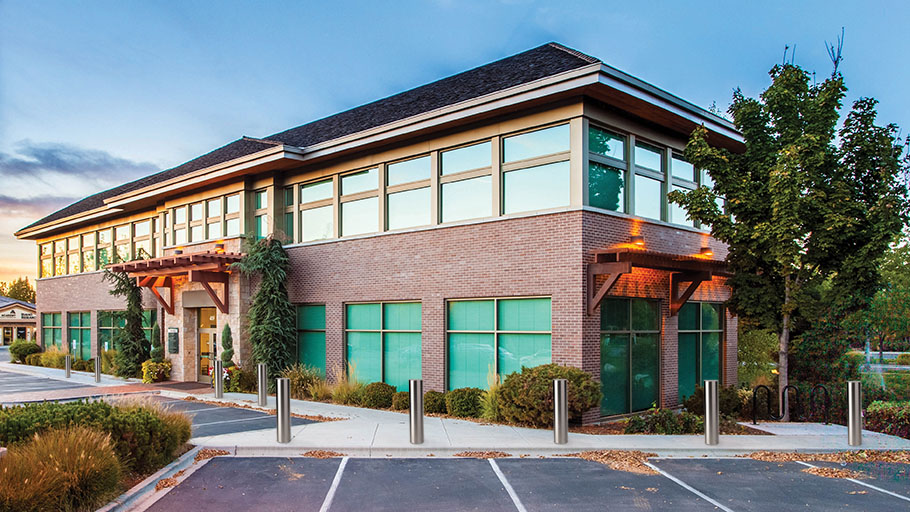Hide steel-and-concrete traffic bollards with decorative covers
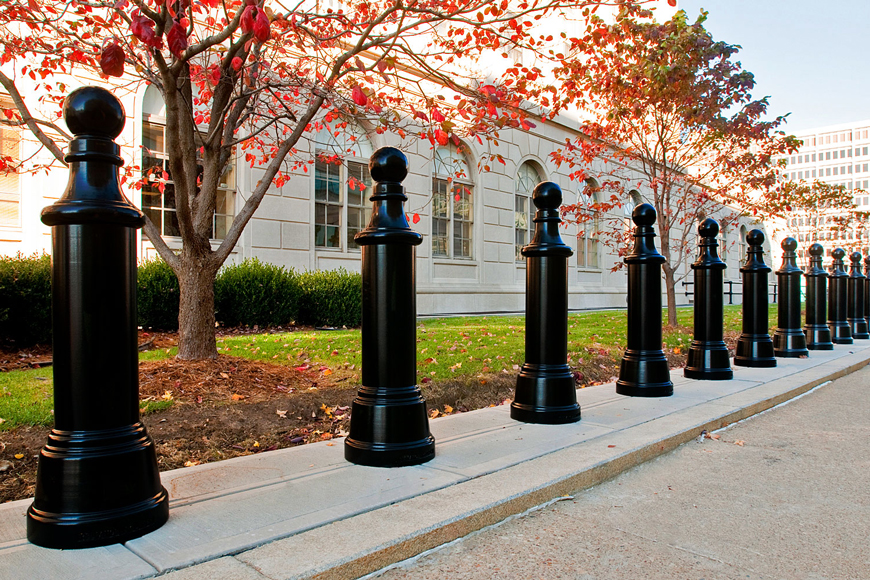
In parking lots and outside buildings, steel security pipes, filled with concrete, are often used to designate traffic routes and to provide protection against vehicle intrusion. They are normally yellow- or black-painted to prevent corrosion. These traffic bollards are an effective tool for protecting pedestrians and property, but when unadorned can detract from architecture and the aesthetics of a site. Integrating them into a design plan is a challenge. A row of yellow-painted spikes in front of a beautiful building creates an eyesore and cheapens the look of the site. It can even make a place seem dangerous or unapproachable.
Even when painted a color other than yellow, the utilitarian shape of a steel pipe filled with rough-topped concrete doesn’t have architectural finesse. Over the years, painted pipe becomes more and more rough looking. Paint chips and scratches, making seasonal maintenance necessary. If the pole is not sanded each time it is repainted, it looks more ragged over time, as the chips and drips accumulate on the finished surface. Sometimes, this may not matter: in institutional settings, around gas and water meters or drive-thru windows, style may matter far less than low cost and high utility.
Instead of paint, a plastic cover may be used. These are available in several colors with reflective tape and are a low maintenance way of protecting the bollard from the elements. They still may not be the aesthetic best fit for a site plan.
Metal post covers offer far more flexibility in design.
Planners and architects sometimes view security or crash-rated posts as an unattractive, but necessary, evil. With metal post covers, these traffic bollards can instead represent an opportunity to create an architectural highlight or complementary feature, in one of many different sizes, finishes, and styles.
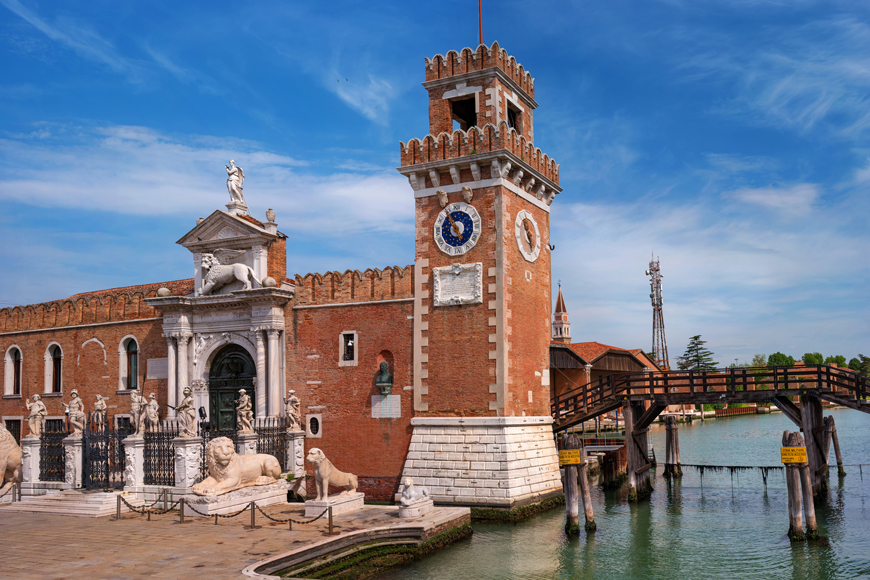
A weighty tradition
In the 1700s, spent cannons were repurposed as bollards, first on the waterfront and then inland to protect stonework from carriage wheels. The style and utility of these bollards soon lead them to be copied and cast in smaller sizes, to be used around trees and gardens, art displays and sidewalks, to carve out areas for traffic in stylish and interesting ways. Soon, bollards became a focus of design, their size, shape, color, and accessories varying depending on their intended use and placement.
Bollards are occasionally joined with chains to encourage people not to enter a space; the swooping chains are left loose, to arc like bunting in front of a stage. Weighty, shoulder high bollards with wide bases might stand at attention guarding courthouses or other authoritative institutions. Smaller, hip-high bollards leave a different impression, creating a few vertical fluted lines to draw the eye to the building above.
These ornate bollards are often made of black cast iron, to recall the classical history of bollard usage.
Stainless steel post covers, both large and small, complement modernist and contemporary buildings, where form echoes function without extra gilding. These sleek covers are the 21st century’s answer to the lavish styles of the past.
Post covers have been used at many high-profile sites across North America. From San Jose’s historic Darion Station to the Louisville Courthouse in Kentucky, they are transforming the aesthetics of security.
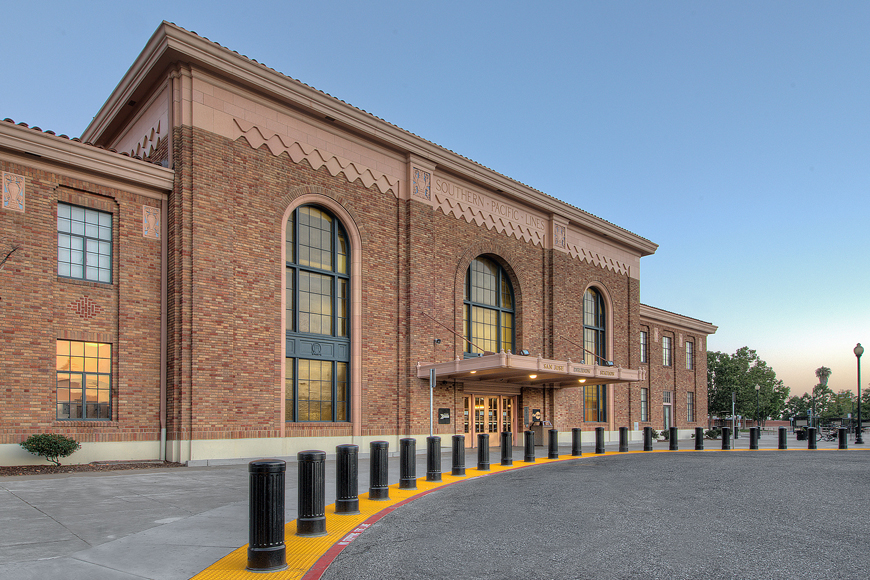
Ease of Installation
Installing metal post covers is easy and can usually be completed in minutes with little disruption to surrounding traffic. On pre-existing posts, ornate post covers can be installed by simply drilling a hole into the interior concrete of the security post and then securing a threaded rod with either an adhesive or concrete anchor. The metal post cover is then mounted by simply tightening a nut over a washer. A cap is secured to create a uniform look, and an architectural highlight is created. Installing these post covers over existing security posts takes less time than would to paint a post of similar size.
When placing these covers over newly-poured concrete posts, a j-hook on the top of the bollard can be pushed into the wet concrete and left to secure the post cover as it hardens.
The metal post cover is aesthetically more attractive than other options, but also offers a low-maintenance, long-term solution in keeping steel pipes corrosion and ding free.
Unique site branding
Large sites—like parks or cities—might wish to design a unique custom style for their location. These might mean specific artistic caps, or a different shape or size in the bollard body. Custom castings can be made for unique patterns.
For smaller sites, stock models of decorative metal post covers are available, in styles ranging from avant-garde to classical. These off-the-rack solutions enhance drab security devices. Metal post covers are available in ductile iron, steel, and stainless steel. Post covers can also be finished with one of up to ten colors of powder coating that guarantees an exceptionally long service life and reduces the need for maintenance.


